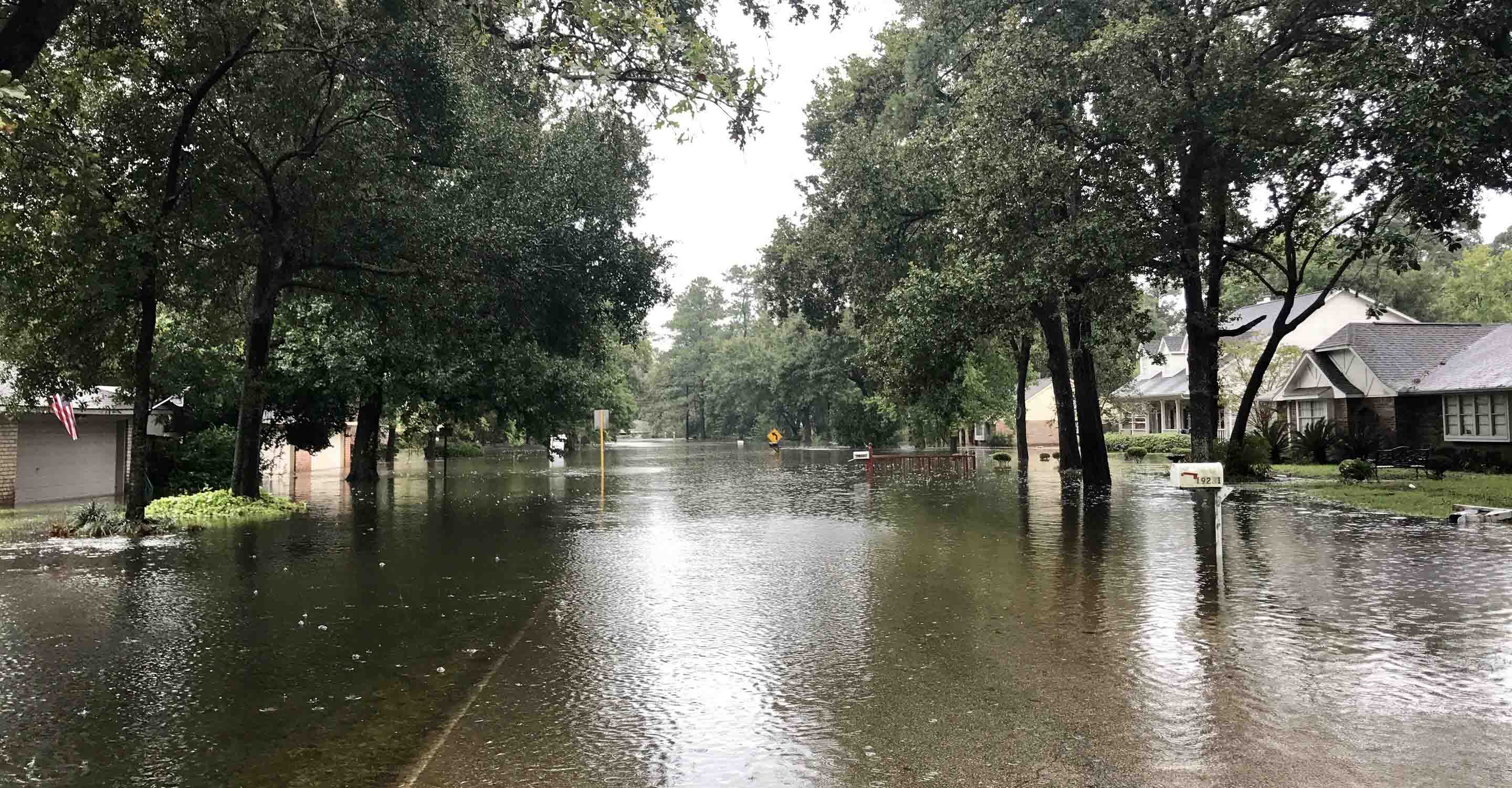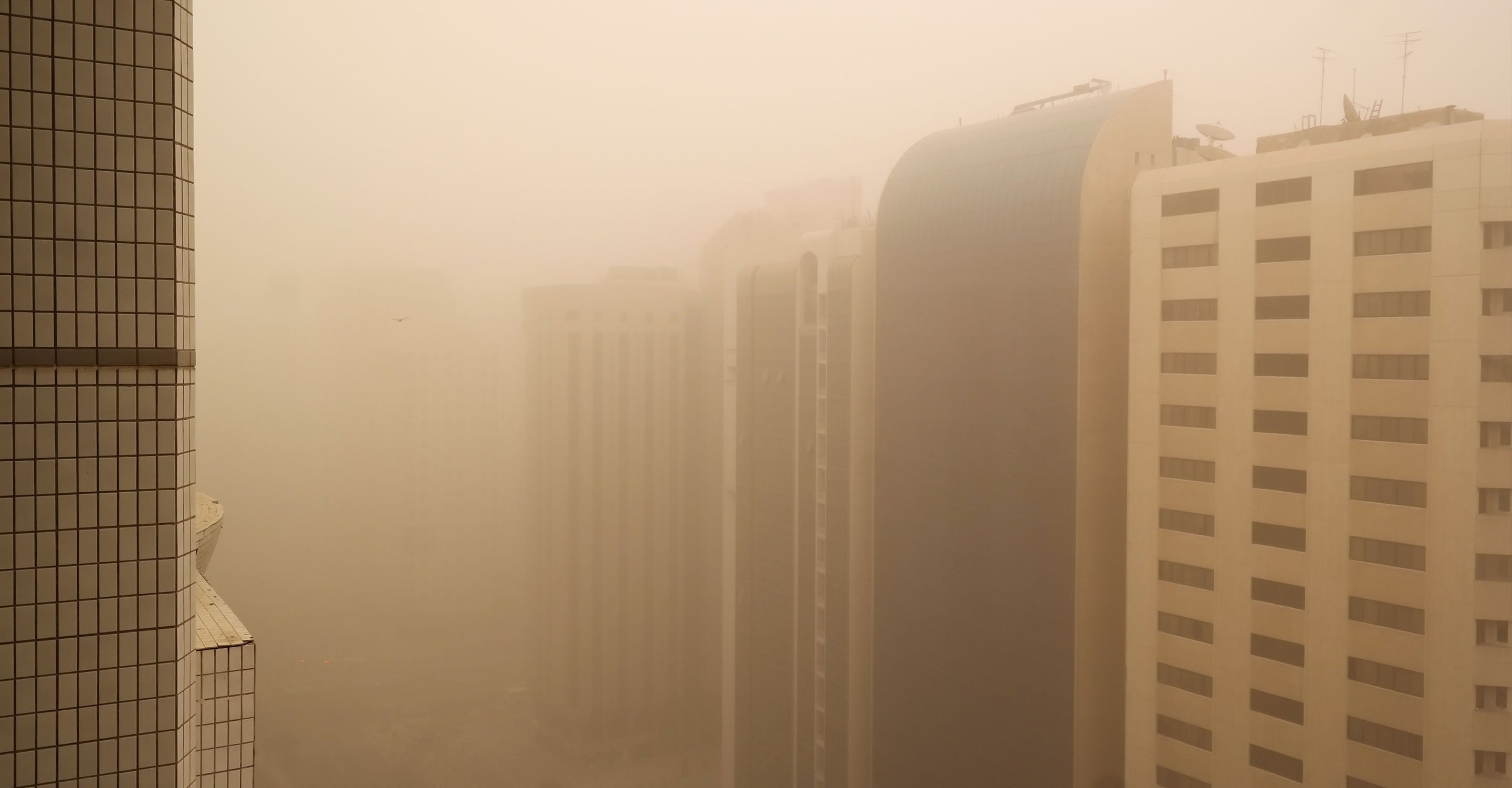Thanh Pho Ha Long air quality map
Live air pollution map of Thanh Pho Ha Long
41.5K people follow this city
Full screen
Contributors
1
Stations
2
Contributors category
1
Government
0
Non-profit organization
0
Educational
0
Corporate
0
Individual
0
Anonymous
Most polluted air quality stations
| # | station | US AQI |
|---|---|---|
| 1 | Quảng Ninh: Nam Cầu Trắng - Hạ Long (KK) | 35 |
| 2 | Quảng Ninh: Gần KCN Cái Lân (KK) | 21 |
community highlight
Thanh Pho Ha Long most followed contributors
Health Recommendations
| Enjoy outdoor activities | |
| Open your windows to bring clean, fresh air indoors GET A MONITOR |
Become a contributor
Get an AirVisual Outdoor and contribute to collecting millions of data points for the Thanh Pho Ha Long map to track local air pollution
Understand air pollution and protect yourself
Thanh Pho Ha Long MAP AIR QUALITY ANALYSIS AND STATISTICS
How much information is there on the air pollution map for Thanh Pho Ha Long?
The air pollution map for Thanh Pho Ha Long is easy to find from the main city page. At the top of this page will be a map icon, by clicking anywhere on that icon will open the map as a page of its own where most of the information about air quality can be found.
Once the map is accessed, the first thing to notice will be the overall colour of the map’s background. This colour is a direct reflection of the current air quality. At the end of September 2022, the colour was a dark orange/brown which would indicate air quality that would be “Unhealthy for sensitive groups”. The full explanation of the meanings of the various colours used is shown in the legend at the foot of the page. These colours are standardised throughout the entire site. In many cities, there are ground-level air monitoring stations which appear on the map as coloured discs revealing a number. However, not all cities have these stations and Thanh Pho Ha Long is one such city. It relies on data supplied by satellite imagery to calculate its air quality.
By measuring the levels of Particulate Matter (PM2.5 and PM10), ozone, nitrogen dioxide, sulphur dioxide and carbon monoxide which are the six most prolific air pollutants found in city air a standard can be created which is known as the United States Air Quality Index number or US AQI for short. This is the number seen on the coloured discs which appear over many of the cities on the IQAir site. It is used when comparing air quality in different cities across the globe. Because all cities use this method, like-for-like comparisons can be made. It is actively endorsed by the World Health Organisation (WHO). This number appears on the main city page for Thanh Pho Ha Long but there will be an asterisk to the right of the number to indicate that the information comes from satellite data.
In September 2022, this figure was 147 which indicates air quality that is “Unhealthy for sensitive groups”. The main measured pollutant was PM2.5 with a recorded level of 54.2 µg/m³. This level is almost eleven times higher than the target figure of 5 µg/m³ as recommended by the WHO.
Is there much more valuable information that can be seen on the air pollution map for Thanh Pho Ha Long?
In order to gain access to all the information published on the map page, it must be viewed in full-screen mode, otherwise, some of the information will remain hidden. A drop-down table appears on the far left-hand side of the screen which gives the viewer four options. They can all be turned on or off which might make it easier to see the effect they have on the map.
The first option would show the location of the ground-level monitoring stations but this option is irrelevant because there are no stations in Thanh Pho Ha Long.
Option number two shows the location of any wildfires which may be burning in the vicinity. There was one showing on the map but it is several kilometres away from the city so there will be little chance of the city being affected by the smoke. Option four shows the speed and direction of the prevailing winds which confirms that fact.
The most dramatic of all the options is option number three as this can change the entire colour of the map, depending on the current air quality. If some viewers find the colour overwhelming, it can be turned off and the map will revert to a more understandable colour scheme.
Across on the far right of the screen can be found a table which ranks world cities according to their air quality. The worst appears at the top of the table. This information will be very useful when comparing the air quality in different cities.
Can the source of the polluted air be seen on the air quality map for Thanh Pho Ha Long?
When relying on satellite data, there are certain things which cannot be determined because they produce data for the entire area and not for individual zones. However, in recent years, the world heritage site of Ha Long Bay has been seriously affected by the pollution of a series of coal ports, cement plants and thermal power plants. In particular, the conveyor belt transporting cement and clinker is connected from the Thang Long cement factory to the sea about 5-7km near Cai Lan port. Many times, clinker pouring activities on the Cua Luc sea have caused dust to appear in the heart of the Ha Long Bay Heritage area. Not only polluting the soil, but cement dust also disperses, seriously affecting the living environment of people in Ha Long city.
The results of environmental monitoring in the province show that there are big differences in air quality in different areas within the province. The air environment in the areas affected by activities: mining, construction and building materials production, energy production, and high volumes of traffic show signs of dust pollution at many levels which is varied and tends to increase. In contrast, in rural, mountainous, island and tourist areas, the concentration of suspended dust is within the allowable limits according to the National Technical Regulation on ambient air standards.
PM2.5 is often used as a benchmark on the air pollution map for Thanh Pho Ha Long, but what is it?
PM is an air pollutant, consisting of a mixture of solid and liquid particles, which are suspended in the air. PM2.5 dust is fine dust with a diameter of less than 2.5 microns. Fine dust such as PM2.5 is mainly produced from traffic emissions (motor vehicles, especially diesel vehicles), industrial plants, power plants, construction sites, and smoke from combustion, garbage, burning wood, pollen and insect waste, etc.
Superfine dust 2.5 affects everyone directly. In particular, fine dust seriously affects the elderly and children. Because their immune systems are not fully developed, children are most affected by air pollution. With the same concentration of inhaled pollutants, the number of substances directly entering the body of children can be 2 times higher than that of adults.
In addition, people in poor health and those with a history of respiratory and cardiovascular disease are the most affected.
Thanh Pho Ha Long air quality data attribution
1Contributor
 Nothern Center for Environmental Monitoring
Nothern Center for Environmental Monitoring2 stations
Government Contributor
1 Data source








